According to the most recent UK air quality study, particle emissions from home combustion have significantly decreased in recent years. Between 2020 and 2023, household biomass and solid fuel combustion significantly reduced PM2.5 and PM10 […]


According to the most recent UK air quality study, particle emissions from home combustion have significantly decreased in recent years. Between 2020 and 2023, household biomass and solid fuel combustion significantly reduced PM2.5 and PM10 […]
At first glance, you could be forgiven for believing that wood-burning stoves and multifuel stoves were on the verge of being banned. For some reason, those looking to improve the environment and reduce emissions have […]
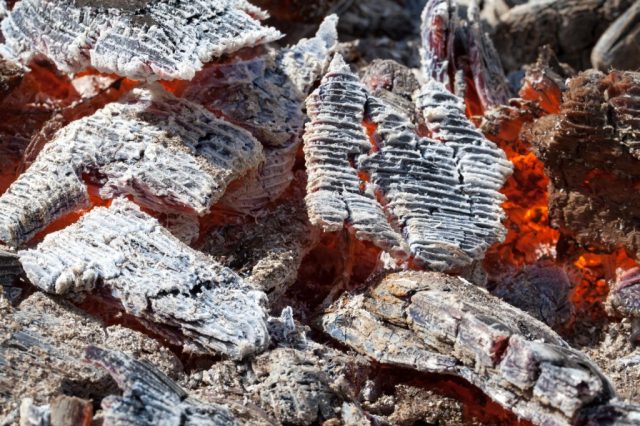
We live in a world where recycling and environmentally friendly actions certainly speak louder than words. Over the last few months we have seen a number of negative articles regarding wood-burning stoves which often contain misleading information. So, we thought it might be refreshing to take a look at the practical uses for wood ash. You will be surprised how useful it can be!
There are occasions where wood ash can be used as an element in garden fertiliser where it will increase the pH level of the soil. The useful component in this scenario is the trace minerals from tree wood which are extremely useful for plant health.
Many gardeners swear by the use of wood ash in their compost as a means of boosting nutrients and encouraging worms and other visitors. Bizarrely, some people suggest that wood ash on a compost heap will stop large animals from digging. How many bears do you find in Manchester? Should they not be in the woods?

In this article we will compare and contrast the benefits of using hardwood over softwood on your stove. However, before we start with the article it is worth noting that some softwood does go against the rule of thumb and may compare favourably to their hardwood counterparts.
You have probably never thought of this but when you buy wood for your stove you will likely buy it by the weight, usually the ton. As hardwood is denser than softwood it is heavier therefore takes up less storage space. This may seem like a fairly weak argument to some people but if you have limited storage space it is certainly something to consider. This reminds me of the old adage, what is heaviest, a ton of wood or a ton of feathers?
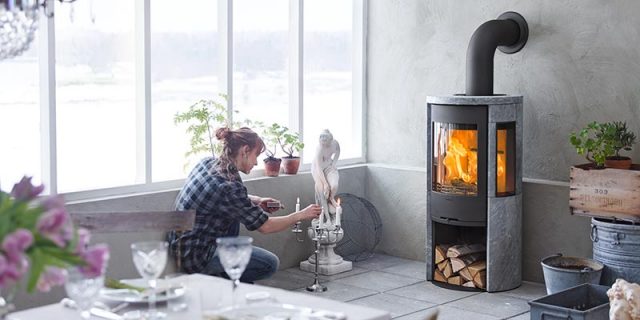
While many wood-burning stove owners will have their own tips and tricks to maximise heat output, the process is fairly straightforward and in many ways a scientific approach does best. Whether utilising the draft to light your fire, using the right type of wood or simply maintaining your stove, there are ways and means of maximising your heat output, reducing fuel costs and extending the life of your stove.
When you think about it, fires do not burn in a vacuum therefore it goes without saying that air control is an integral part of maximising fuel efficiency. When starting your stove in the morning, many people fully open the draft control which lets air in. You may need to reduce the amount of air entering your stove once the “fire has caught hold” but in the early days the draft will certainly help. It is also worth noting that once the stove is burning it is the amount of wood not the air control which will regulate the temperature.
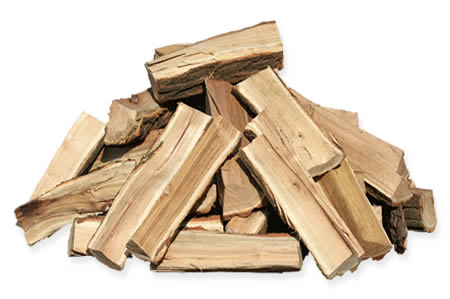
At this moment in time nobody has any idea how Brexit will pan out and whether indeed we might see a change in the UK government. What we do know is that the timber industry is readying itself for changes which could in theory impact cash flow and the cost of imported wood. However, there are already procedures in place to mitigate any cash flow issues and, as you will see below, under World Trade Organisation tariffs there is no duty on the more popular type of logs imported into the UK.
Under the current European free-market arrangement, UK companies importing wood are allowed to offset their VAT liabilities until they have sold their products into the market. This assists massively with cash flow, some projections suggest it saves £1 billion a year in additional cash flow, and is something which the UK government has already addressed. Despite the fact that the UK will likely be outside of the European Union the government has agreed that the 20% VAT charge on business to business wood imports can be deferred – as it is under the current system.
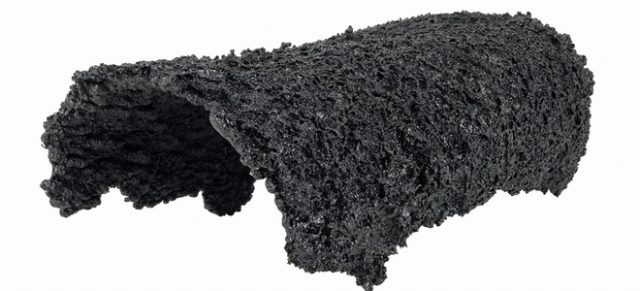
On the surface modern day wood-burning/multifuel stove may seem fairly unchanged from years gone by. Under the surface it is a different matter. Stoves today are highly tuned, focused machines designed to work at optimal levels. However, there are a number of issues you need to monitor to maximise your stove output and minimise the build-up of creosote.
Creosote is a naturally occurring material which is best described as a tar like substance. In a fully functional wood-burning stove the gases released from the wood will simply be directed into the flue pipe. However, if there is a build-up in the chimney, or the stove is not working as efficiently as it should, this can lead to reduced heat. This in turn prompts the gases created by burning wood to solidify in the chimney and stick to the flue. It is worth noting that creosote is flammable and highly corrosive.

As summer is approaching, now is the best time to get that wood pile stocked up and in perfect condition to burn at maximum efficiency. While you are thinking about using your perfected fire lighting […]

When looking to acquire a stove you will need to consider the types of fuel available to you locally at an affordable price. While there is some overlap between the types of fuel used with a multifuel stove and a wood-burning stove, there are also some differences. As the name suggests, a multifuel stove will accommodate an array of different fuel types while a wood-burning stove simply burns wood.
Without going into too much detail, there are many different types of wood available in the UK which can be used with a wood-burning stove. Some of the more popular types include ash, oak, beech, cedar, hawthorn, blackthorn, maple, rowan, apple and pear. They all have different heat ratings, different burn rates and it is worth looking into these further.
While wood is classed as a solid fuel, and a perfectly acceptable fuel for a multifuel stove, these type of stoves also accommodate other fuels. In simple terms, multifuel stoves work best with high calorific value fuel which give a greater level of heat when burned. This includes fuels such as:-
• Manufactured coal
• Smokeless fuels
• Anthracite
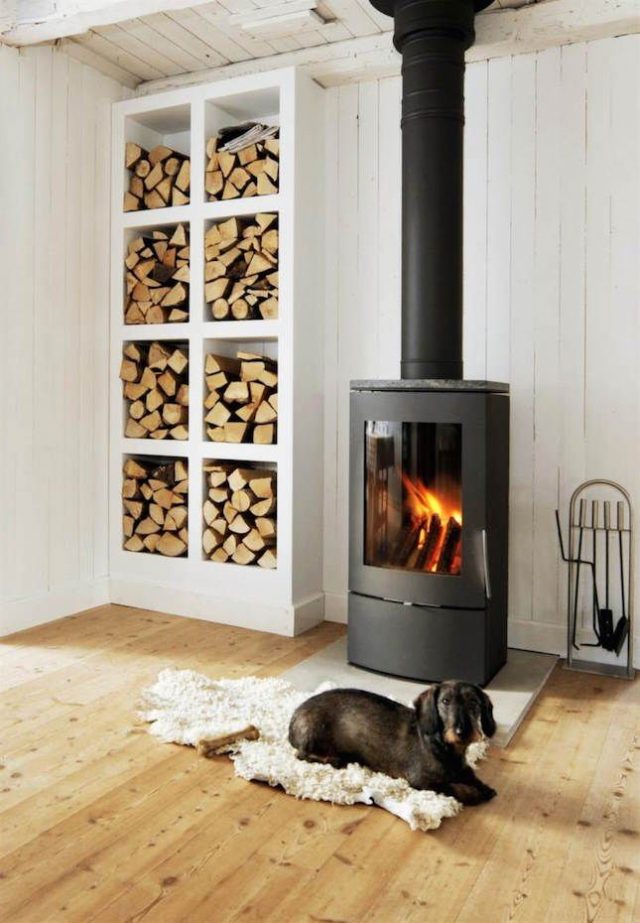
There is no doubt that when looking at the cost of wood-burning stoves and traditional gas/electric heating systems, wood-burning stoves win hands down. A number of research programmes have shown that at worst the burning of wood is carbon neutral with trees absorbing as much carbon dioxide in their lifetime as they emit when burnt. Again, this is a worst-case scenario and simply replacing a mature tree ready to be converted into fuel with a sapling will continue the carbon neutral cycle.
It is fair to say that stove cost and installation fees can be significant depending upon the type of system you are looking to purchase. In many ways the cost tends to be upfront top-heavy with very little in the way of maintenance required once your stove is installed. Even though the cost of gas and electric continues to rise, you can work on a minimum average saving of £300 a year against the cost of wood for the average household with a wood-burning stove. In reality it is probably significantly more than this but will depend upon gas and electricity prices and how much you use your stove.